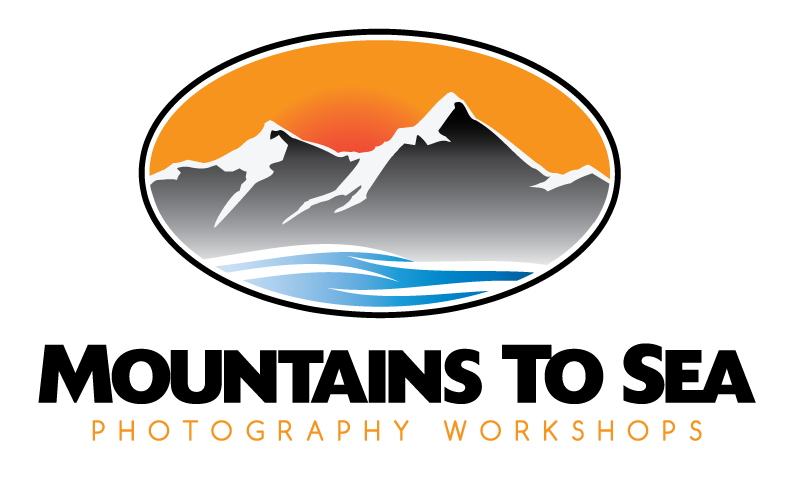5 Focusing Techniques for Crisp and Clear Astrophotography Images
Astrophotography is a fascinating hobby that allows us to capture stunning images of celestial objects in the night sky. However, it can also be a challenging pursuit, particularly when it comes to focusing the camera for sharp images. In this blog post, we'll discuss some focusing techniques for sharp astrophotography images.
Manual focus
One of the most important techniques for astrophotography is to use manual focus instead of relying on autofocus. Autofocus can be unreliable in low light conditions and may struggle to focus on faint objects in the sky. In contrast, manual focus allows you to precisely adjust the focus until the image appears sharp.
Live view mode
Using live view mode on your camera is another helpful technique for astrophotography. This mode allows you to zoom in on a specific part of the sky and adjust the focus until the stars appear sharp. Live view mode is particularly useful for capturing deep-space objects where focus is critical.
Tripod and cable release
When it comes to night photography, stability is key to achieving sharp and clear images. As most night photography images require keeping the shutter open for extended periods of time, it is essential to use a stable tripod to ensure that the camera remains still throughout the exposure. A tripod provides a sturdy platform for your camera, minimizing any unwanted camera movement that can lead to blurry images. Additionally, using a cable release can further reduce camera shake, as it allows you to trigger the shutter without physically touching the camera. By using both a stable tripod and cable release, you can achieve tack-sharp results in your night photography images, bringing out the beauty of the night sky and its celestial objects.
Focus stacking
Focus stacking is a technique that involves taking multiple images of the same object, each with a slightly different focus point. These images can then be combined using software to create a final image that is sharp throughout. Focus stacking is particularly useful for capturing objects with a shallow depth of field, such as planets or the moon.
Magnified view
When focusing, it's essential to use a magnified view to ensure that the stars are in focus. Many cameras have a feature that allows you to zoom in on the image, which can be useful for fine-tuning the focus. Alternatively, you can snap a shot and then zoom into the shot to make sure that you have acquired sharp focus. Constantly checking throughout the night is useful as you recompose and grab that perfect shot.
In conclusion, focusing is a critical aspect of astrophotography. By using manual focus, live view mode, Bahtinov masks, focus stacking, and magnified views, you can achieve sharp and detailed images of the night sky. With practice and patience, you can master the art of astrophotography and capture stunning images of the cosmos.


